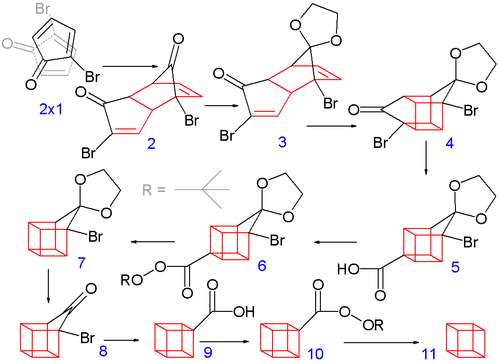A reflection on "String Theory and Little Bangs" with Prof. Gubser
In a dinner discussion with the Princeton society, "Music in Mind," Princeton Physics professor, Steven Gubser, shared with a group of around 45 students his research in using string theory to describe collisions of heavy ions. Along the way, he made some creative relations to art and music. I'd like to share them here:
1) The vibrational modes of a superstring are like the overtones of a piano string, allowing blends of overtones to create a note. One difference, however, is that the vibrational modes of a superstring are much less constrained than the possible overtones of a piano string's.
2) Professor Gubser explains how a hyperbolic geometry, AdS5, describes the geometry of D3-branes in a similar manner as an Escher artwork, "Angels and Demons:"
1) The vibrational modes of a superstring are like the overtones of a piano string, allowing blends of overtones to create a note. One difference, however, is that the vibrational modes of a superstring are much less constrained than the possible overtones of a piano string's.
2) Professor Gubser explains how a hyperbolic geometry, AdS5, describes the geometry of D3-branes in a similar manner as an Escher artwork, "Angels and Demons:"
In Escher's artwork, the big angels are the same shape as the little angels, making the elements conformal. It is a self within a self. For example, the large angels and small angels may be distorted from each other, but in the end, they are still angels. The theory of real-world gluons and quarks is likewise approximately conformal.

Lisewise, Professor Gubser argues that string theorists consistently must reconcile experimental data with theory, to see how the two could become consistent even in the face of seemingly inconsistent data.
Talk Description:
"String theory and little bangs"with Professor Steven Gubser, Princeton Physics departmenton Monday, September 24, 6-7 pm at the Mathey Firestone Society Room
String theory is an attempt to describe all of fundamental physics starting from microscopic, vibrating strings. In recent years there have been some remarkable successes in using stringtheory to describe collisions of heavy ions, which recreate the conditions present in the universe about a microsecond after the big bang. I'll summarize these developments, introducing some of the personalities involved and using analogies to music and art where I can. String theory has been called the "theory of everything." It seeks to describe all the fundamental forces of nature. It encompasses gravity and quantum mechanics in one unifying theory. But it is unproven and fraught with controversy.
Professor Steven Gubser is professor of physics at Princeton University (you may know him as your PHY 102 professor). His research focuses on theoretical particle physics, especially string theory, and the AdS/CFT correspondence. He is a widely cited scholar in these and other related areas. He is the author of "The Little Book of String Theory," which offers a short, accessible, and entertaining introduction to one of the most talked-about areas of physics today.
Webpages: http://www.princeton.edu/physics/people/ display_person.xml?netid= ssgubser&display=faculty, http ://wwwphy.princeton.edu/~ ssgubser/






